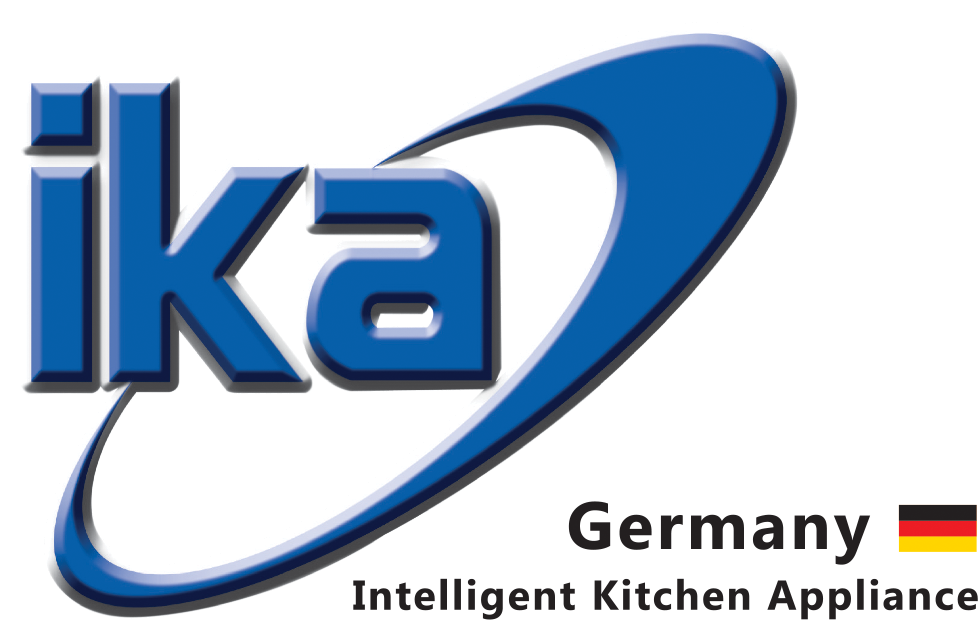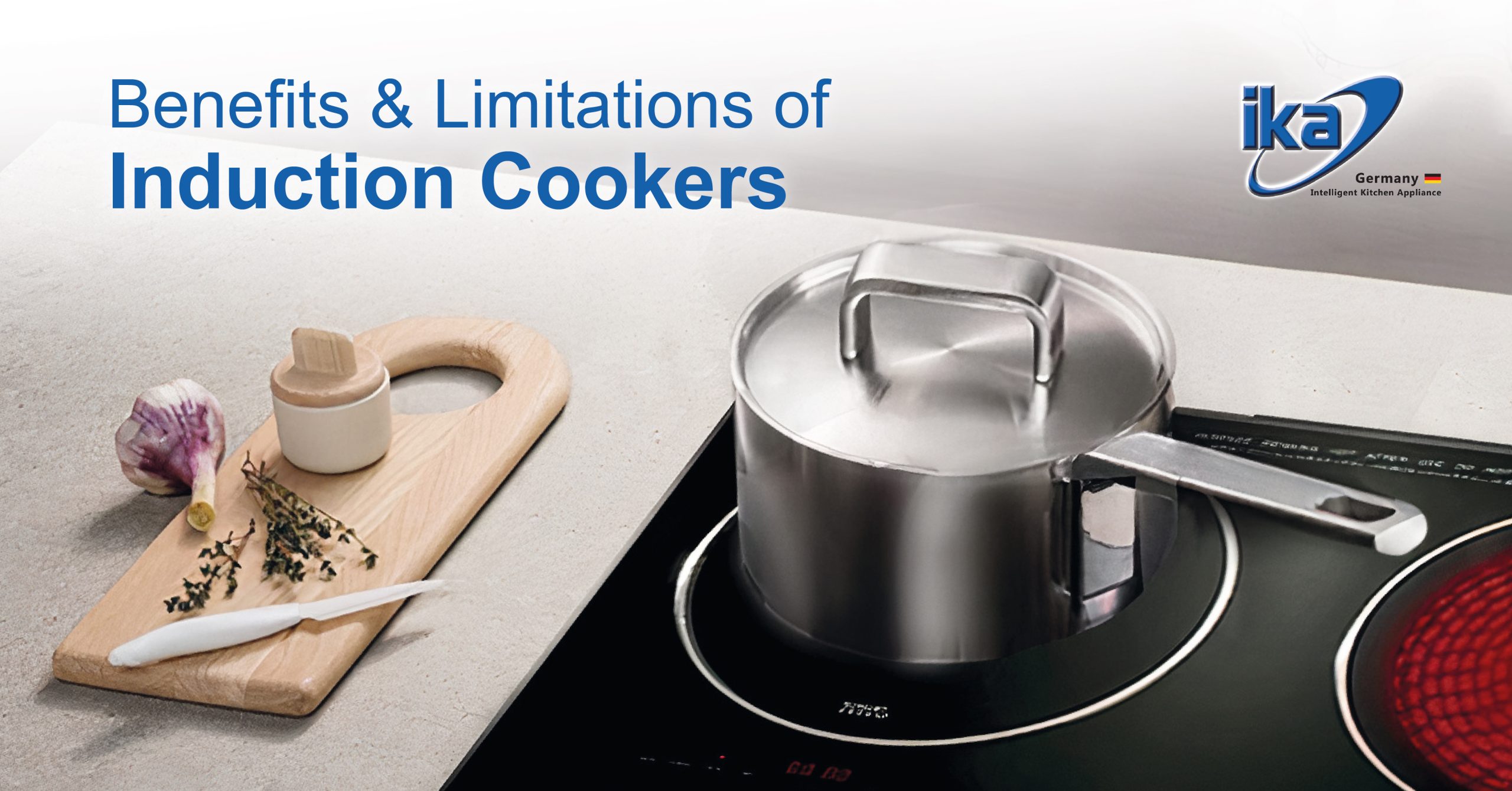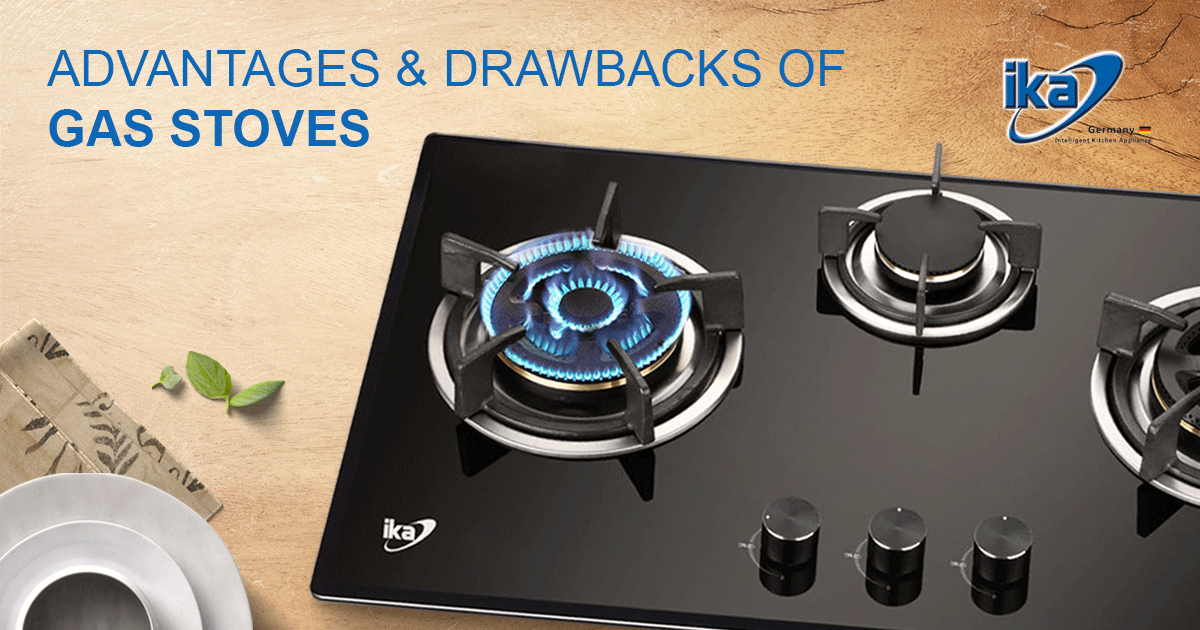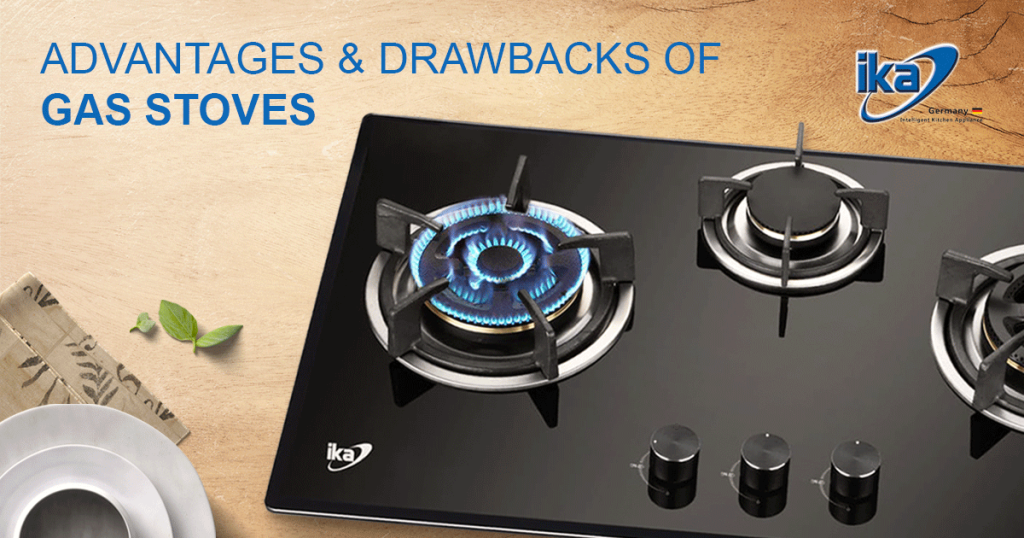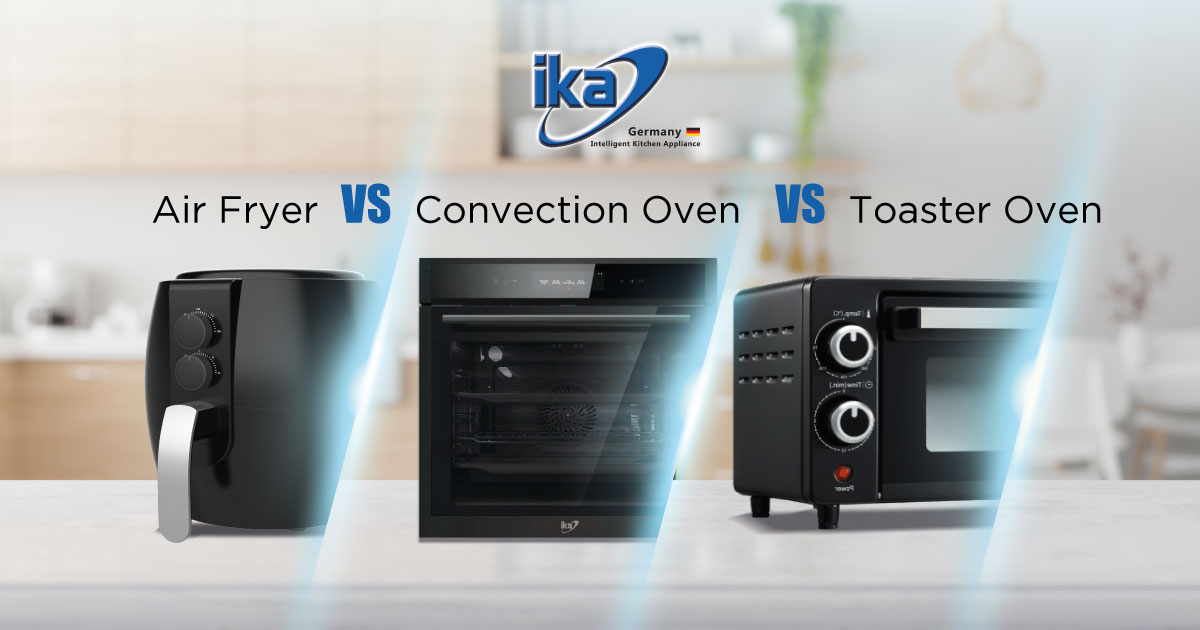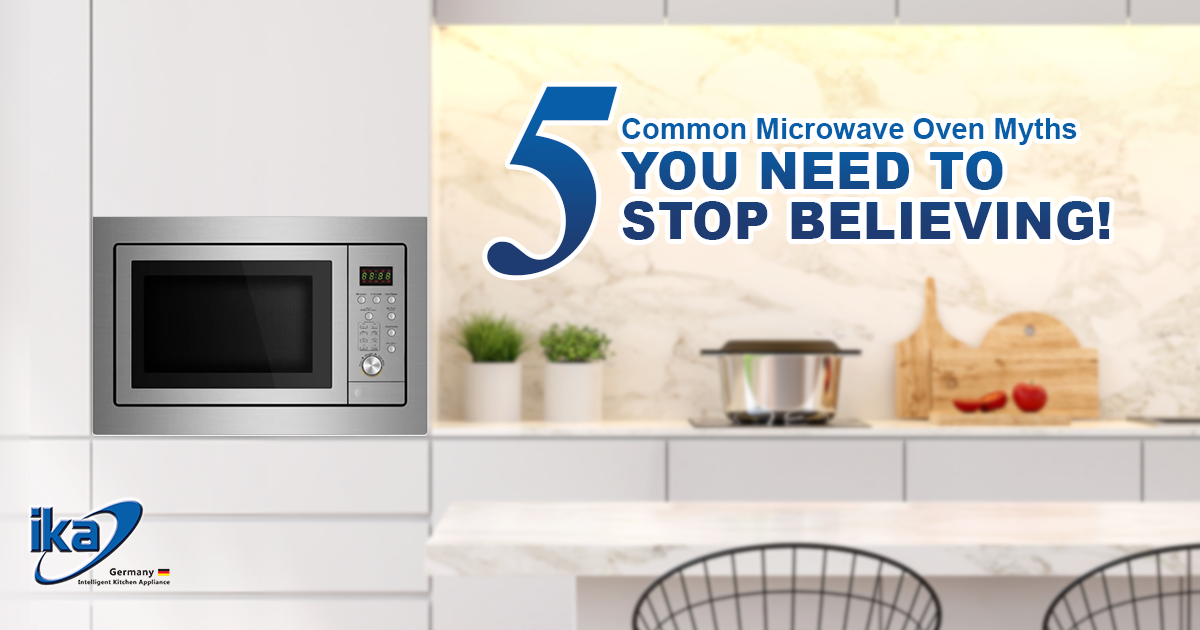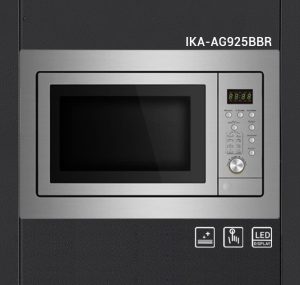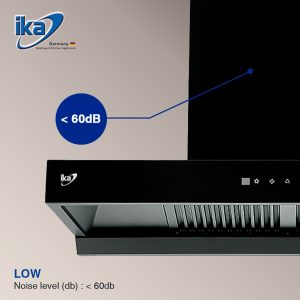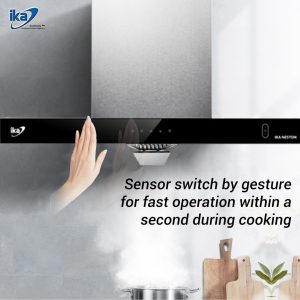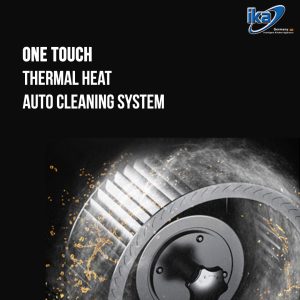Benefits & Limitations of Induction Cookers
Induction cooking is becoming increasingly popular due to its energy efficiency, precision, and safety. However, with so many options available in the market, it can be challenging to choose the right induction cooker that suits your needs.
In this blog post, we will explore the pros and cons of various induction cookers and provide you with some of the best options available.
𝗕𝗲𝗻𝗲𝗳𝗶𝘁𝘀 𝗼𝗳 𝗜𝗻𝗱𝘂𝗰𝘁𝗶𝗼𝗻 𝗖𝗼𝗼𝗸𝗲𝗿
Induction cookers are more energy efficient than gas stoves, thanks to their ability to transfer heat directly to the cookware, leaving very little energy wasted. They are also easy to operate, with precise temperature controls that allow for accurate cooking. This makes them ideal for cooking delicate dishes that require exact temperatures.
Safety is also a major advantage of induction cookers, as there is no open flame involved in the cooking process. This reduces the risk of fire and makes them a safer option for families with children. Induction cookers also require limited working space, making them ideal for smaller kitchens.
Operating an induction stove is also comfortable, as no heat is generated due to fire, making the kitchen environment cooler. Cleaning and maintenance of induction cookers are also low, thanks to the lack of grime and spills.
𝗟𝗶𝗺𝗶𝘁𝗮𝘁𝗶𝗼𝗻𝘀 𝗼𝗳 𝗜𝗻𝗱𝘂𝗰𝘁𝗶𝗼𝗻 𝗖𝗼𝗼𝗸𝗲𝗿
Induction cookers can only be used with cookware that has ferromagnetic materials, such as iron or steel. Aluminum, copper, and bronze cookware are not suitable. Additionally, they require utensils with a flat bottom for maximum surface contact. Elders with a pacemaker should not operate an induction stove as the electromagnetic field can affect it negatively.
𝗖𝗼𝗻𝗰𝗹𝘂𝘀𝗶𝗼𝗻
In conclusion, there are many different types of induction cookers available in the market, each with their own advantages and disadvantages. Whether you are looking for a portable option or a high-end built-in model, there is an induction cooker out there that can suit your needs. By considering the factors such as power, size, price, and features, you can find the right induction cooker that will provide you with a safe, energy-efficient, and precise cooking experience for years to come.
